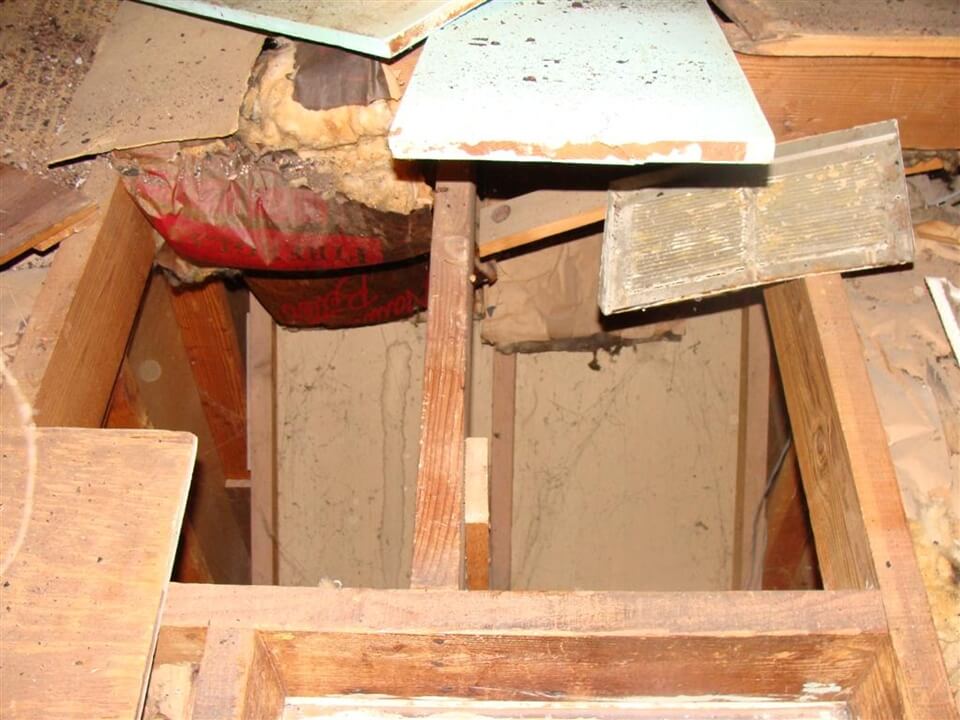You can see that the very purpose of the chimney crown is to keep rain out.
How to seal around chimney in attic.
Chimneys made of stucco plaster stone and concrete also require sealing.
The thick layer of fiberglass insulation that covers our attic floor was tightly packed around the chimney.
It s usually the hardest place to air seal because the cramped space underneath the eaves where the roof rafters rest on the outer wall makes it hard to move your hands and head.
The chimney crown is the cement part on top of the chimney.
With some inexpensive materials and a day s labor you can save lots of money on heating every year by sealing these holes.
Second the sealant works as a waterproofing agent and prevents leaks.
These gaps around plumbing pipes light fixtures chimneys and other attic bypasses are hidden under your insulation.
The bricks go up around the tile flue liners but at the top you need something to stop the rain and snow from just falling in around the tiles.
Can i also use the foam to seal around a sheet metal chimney that passes through the attic.
Air sealing a flat attic and upgrading the insulation with a blanket of blown cellulose is bread and butter work for weatherization contractor matt damon and his company penobscot home performance based in bucksport maine.
Sealing air leaks at ceiling penetrations can improve the efficiency of a home s heating and cooling systems.
The need for waterproofing applies to brick chimneys in particular.
Air sealing the attic perimeter.
It s a good thing you spotted that dirt which is proof that a draft is moving into the attic from.
Sealing an air leak around a chimney in the attic.
With time brick chimneys are affected by cracks and spalling and these deteriorate within a short period of time.
Many building codes require a.
Among the many air leakage points damon and his crews commonly encounter in an older maine house is the open chase around the brick chimney.
2 many chimney leaks are from cracks in the chimney crown.
Furnace flues require special sealing techniques.
The opening around a furnace or water heater flue or chimney can be a major source of warm air moving in the attic.

